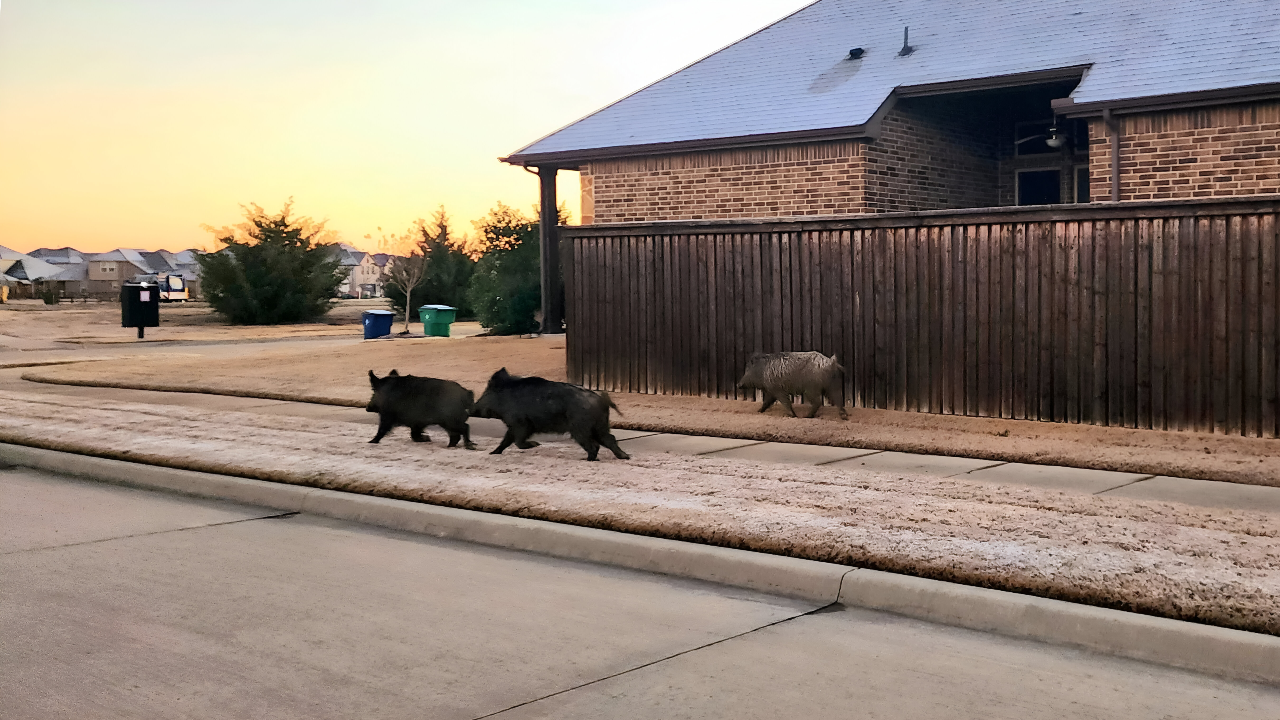
Across the United States, an ancient species has staged a modern comeback. Feral hogs — descendants of pigs first brought by explorers like Hernando de Soto in the 1500s — have now exploded into one of the country’s most serious ecological crises.
Once confined to southern farmlands, these intelligent, fast-breeding animals are storming suburbs, tearing through fences, gardens, and golf courses.
Experts estimate that more than six million wild pigs now roam 35 states, resulting in billions of dollars in environmental and property damage for Americans each year.
What began as exploration-era livestock has become a nationwide invasion — and every year, the front line moves further north. From coast to coast, experts say feral hogs have quietly built an empire of destruction, leaving even suburban homeowners uneasy. Where are they multiplying the fastest?
12. Missouri
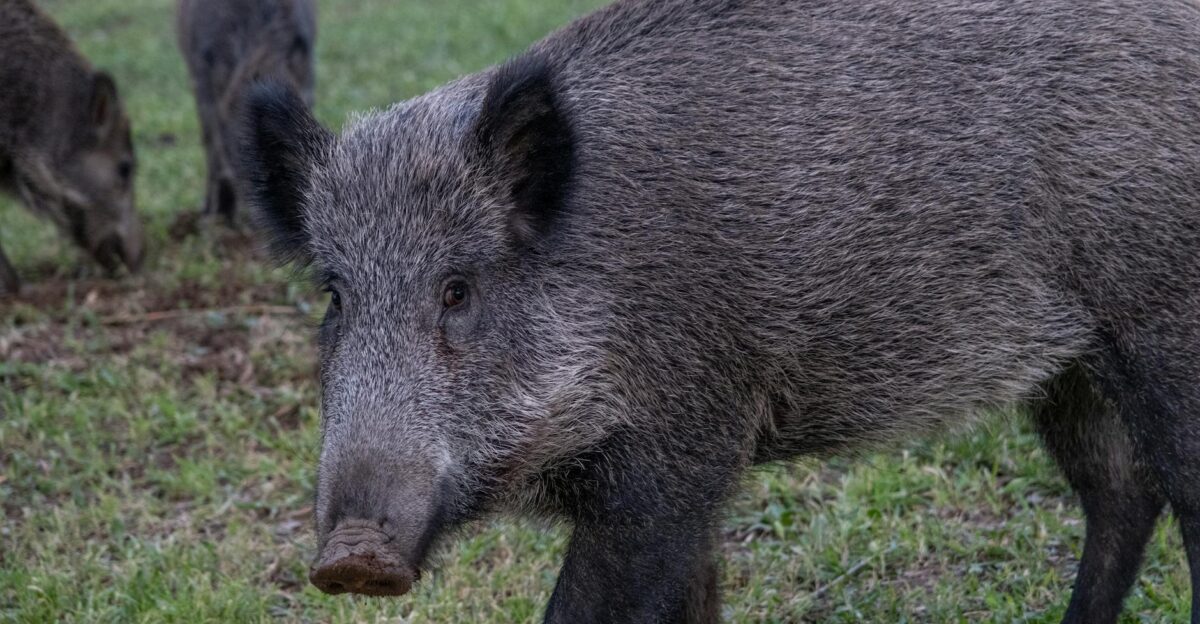
Missouri has seen feral hogs spread from the Ozark forests into farmland. Despite trapping programs removing thousands annually, populations continue to rebound.
Farmers warn that the animals are edging closer to neighborhoods, forcing tighter boundaries between wildlife management and daily life.
11. North Carolina
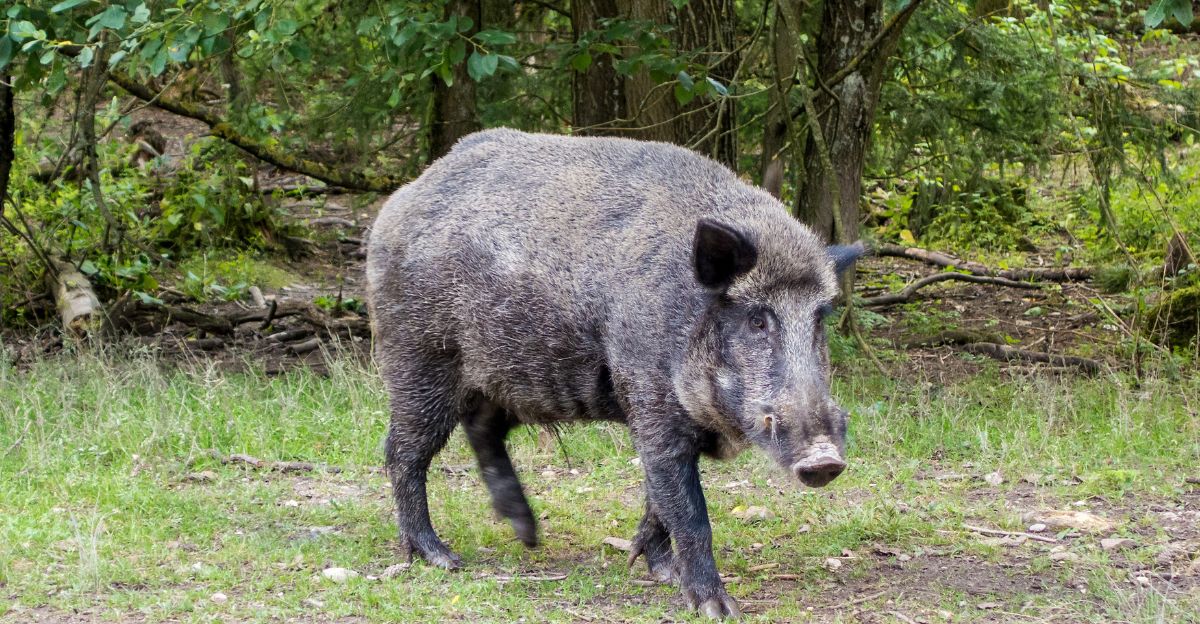
North Carolina’s feral hogs are increasingly visible near rural homes and small towns. State wildlife officers say these animals are expanding into residential zones at an alarming pace. Their rooting destroys lawns and damage septic systems, triggering calls for more aggressive removal.
10. South Carolina
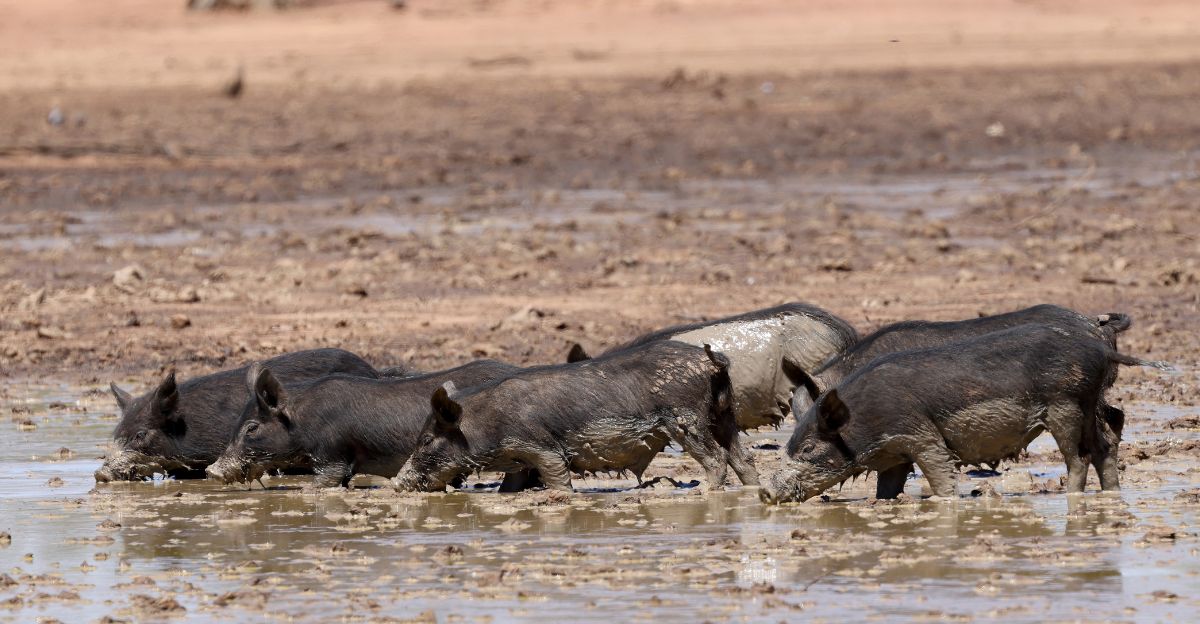
In South Carolina’s Lowcountry, homeowners are finding their yards turned upside down overnight. Feral hogs roam neighborhoods in Beaufort and Charleston counties, sometimes traveling in groups of 30. Local officials now consider them a year-round emergency, as property losses continue to mount.
9. Oklahoma
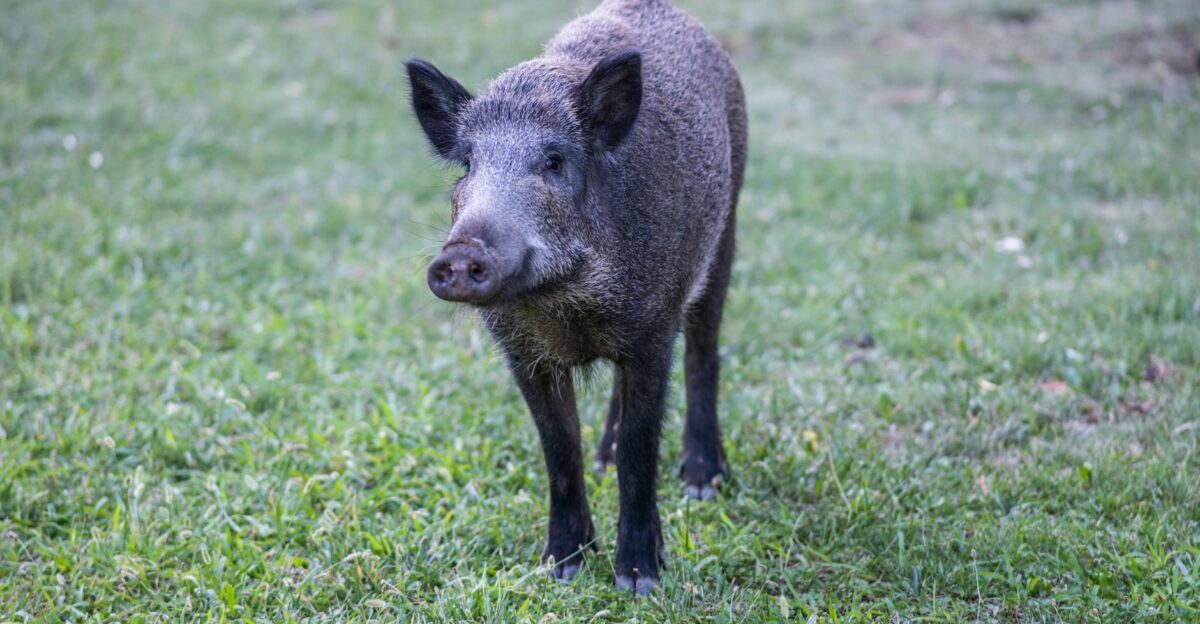
From farmlands to small-town gardens, Oklahoma’s hog problem affects every county. Wildlife officials estimate tens of thousands of hogs roam the state.
With reports of home foundations collapsing after repeated rooting, communities are tightening restrictions on hunting and encouraging coordinated trapping programs.
8. Arkansas
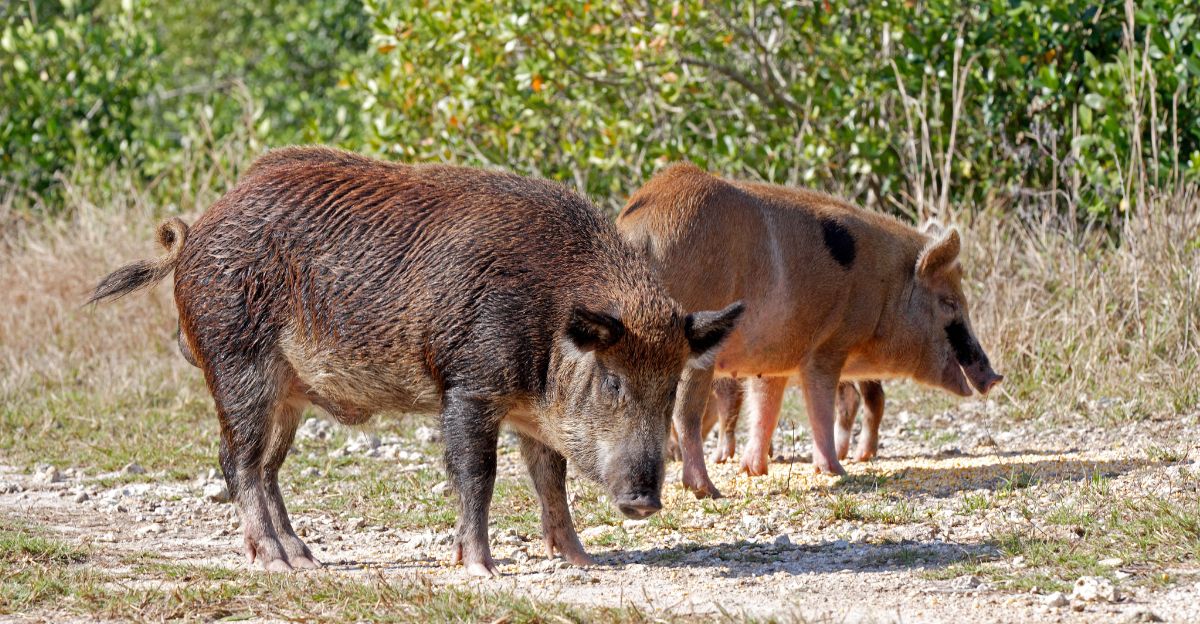
Arkansas wildlife agents have confirmed the presence of feral hogs across nearly all counties. Homeowners and farmers wake up to find their lawns overturned and their irrigation systems ruined.
Arkansas has banned the transport of live feral hogs, but illegal trapping continues to aid the spread — frustrating officials trying to halt the advance.
7. California
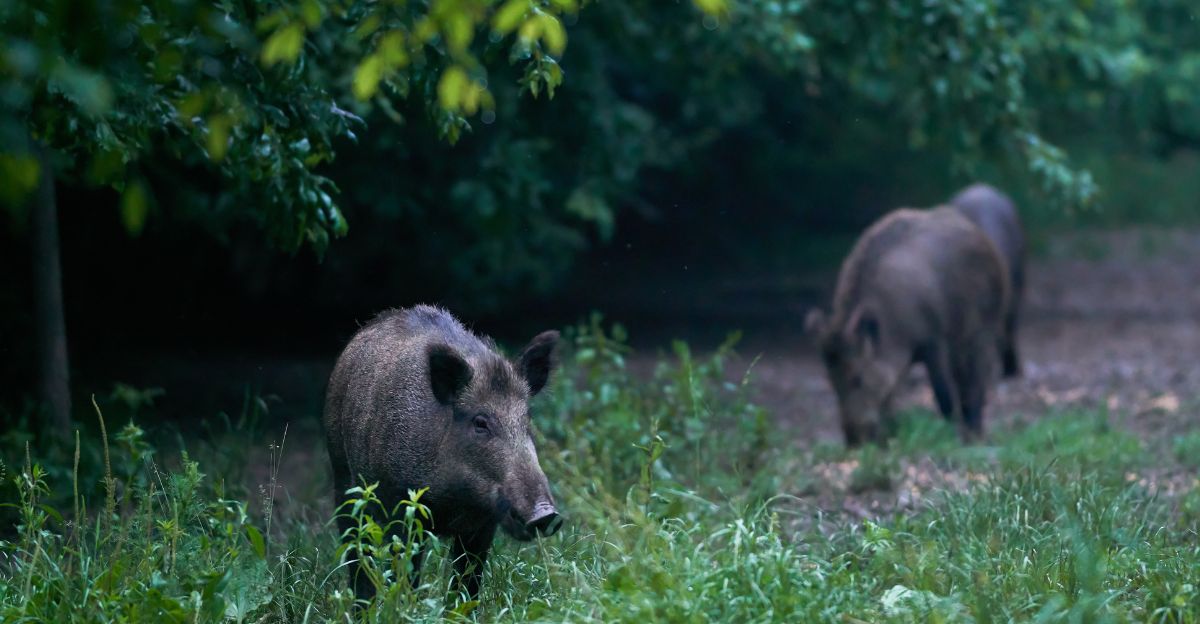
Few realize California faces a feral hog invasion of its own, particularly along the Central Coast. State officials confirm sightings of herds in Los Padres forests and near vineyards, where the hogs uproot irrigation lines and terrorize livestock. Their westward march shows just how adaptable this invasive species can be.
6. Mississippi
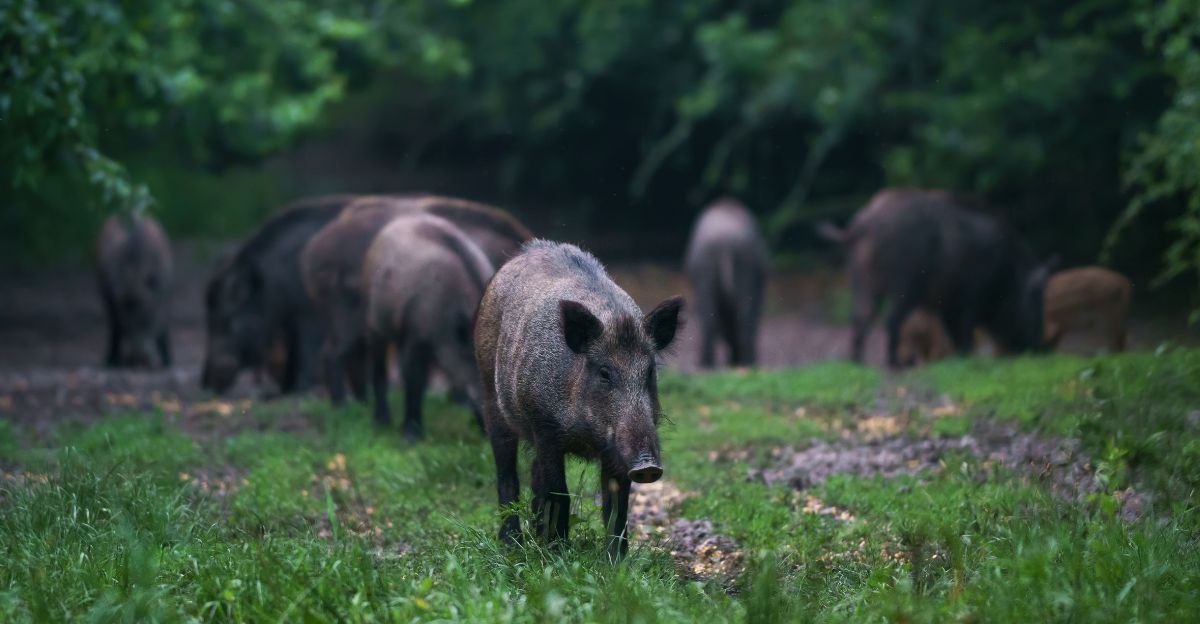
In some rural Mississippi counties, hunters now report seeing more hogs than deer. The animals’ intelligence and rapid breeding have made population control nearly impossible.
Residents note heavy rooting near homes, resulting in torn-up yards and property damage estimated to cost millions of dollars yearly in repairs.
5. Alabama
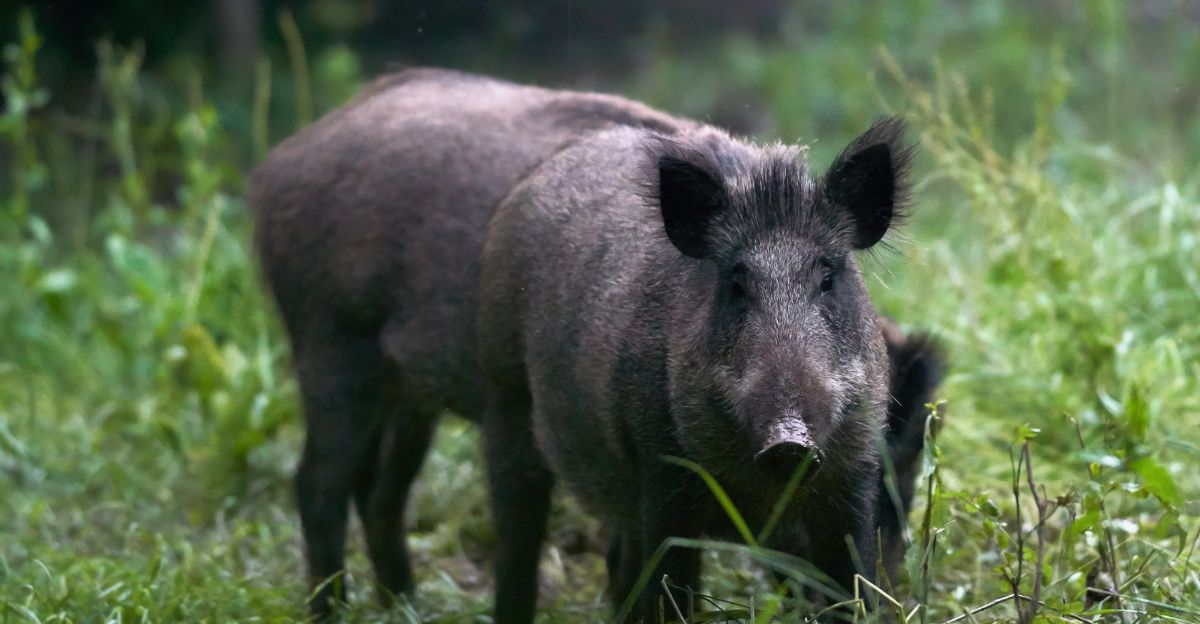
Feral hogs in Alabama have moved well beyond farms. Conservationists report herds destroying gardens, golf courses, and even playground turf.
Experts fear further expansion into northern counties as the population continues to grow. For homeowners near wooded areas, prevention has turned from a rural issue into a nightly precaution.
4. Louisiana
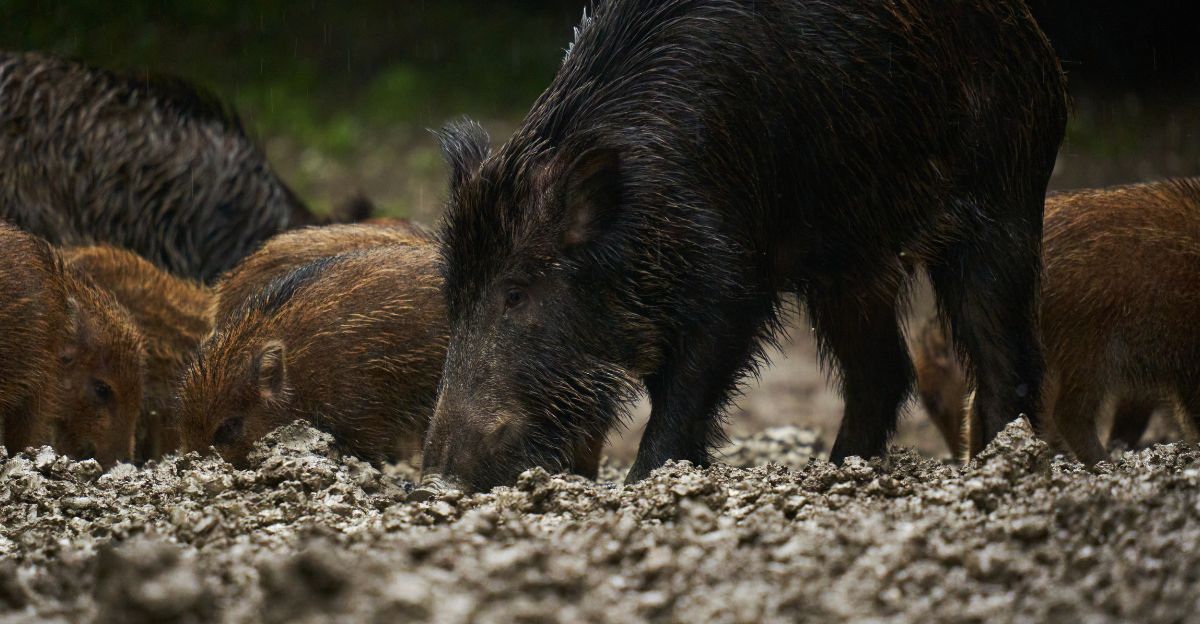
Louisiana’s swampy terrain has given feral hogs the perfect breeding ground. State officials say they now infest every parish, causing extensive damage to farmland and property.
With nocturnal raids on fields and suburban lawns, they’ve even turned up near Baton Rouge’s outskirts, prompting community trapping campaigns and research funding.
3. Florida
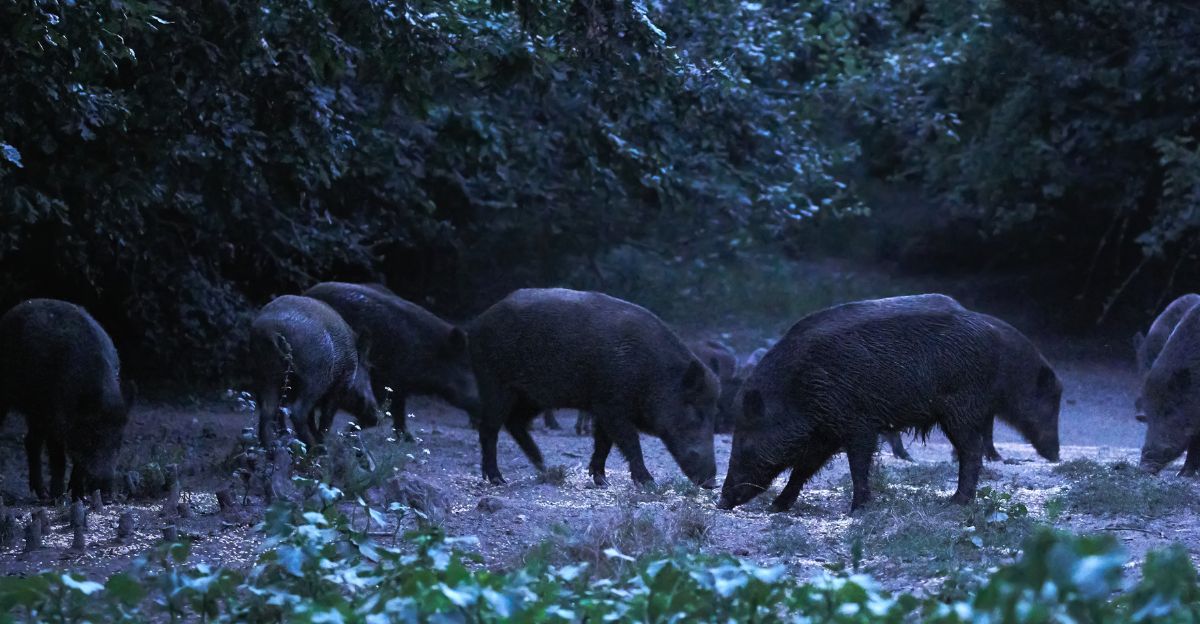
Florida’s warm wetlands have become hog heaven, making the Sunshine State third nationally for sightings. They thrive in the Everglades and increasingly near residential areas in Miami-Dade and Collier counties.
Beyond the destruction of native plants, they spread disease transferable to livestock and pets — a growing concern for families living near wetlands.
2. Georgia
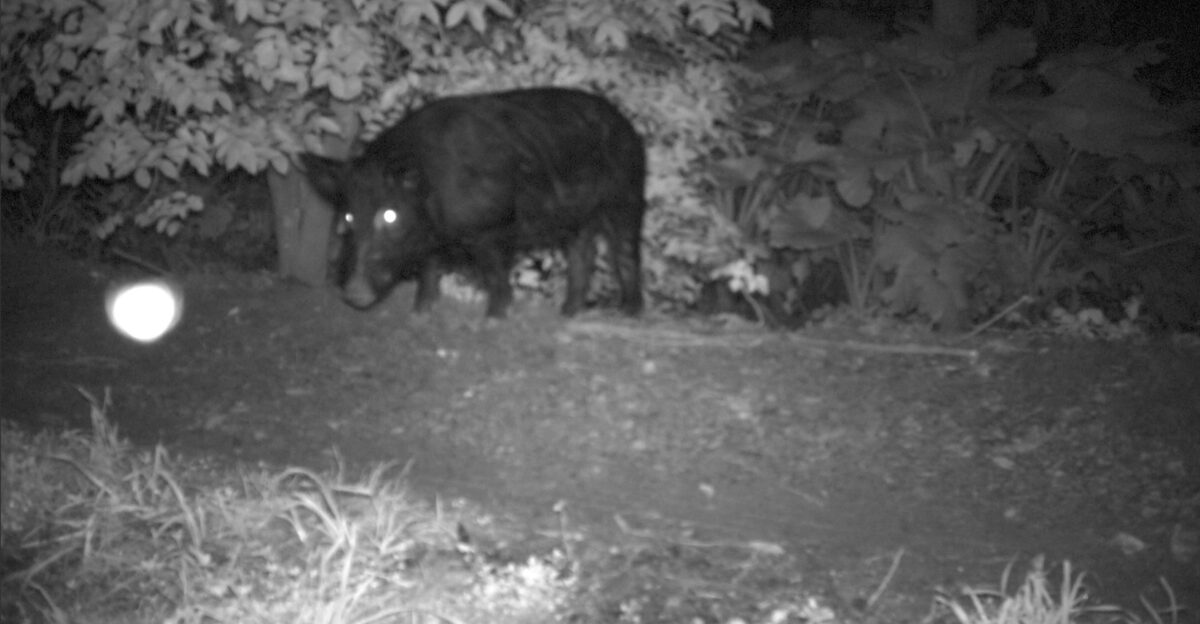
Once confined to rural counties, feral hogs have expanded into Georgia suburbs, damaging golf courses and neighborhoods.
Officials estimate that tens of thousands of pigs roam the state, feeding on crops and nesting in creek beds that back up to homes. Residents describe waking to rooted lawns — proof that the invaders are already inside the fence line.
1. Texas
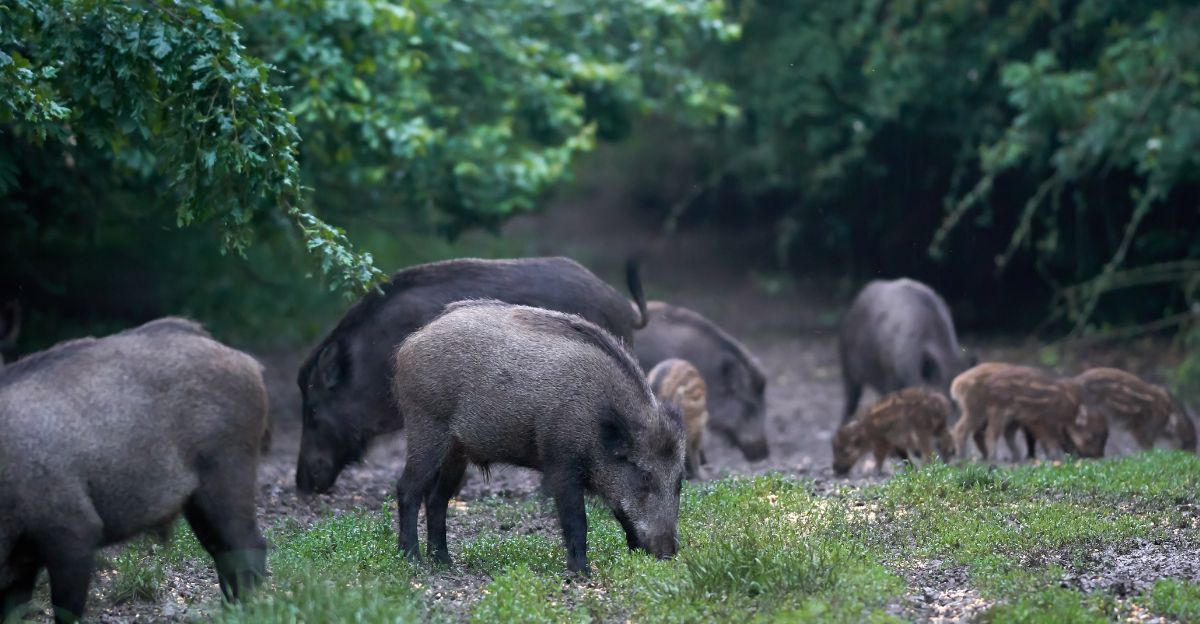
Texas tops every list when it comes to feral hog populations, with more than 2.6 million wild pigs causing over $230 million in damage annually.
Ranchers and homeowners report ruined lawns, collapsed fences, and even vehicle collisions. Wildlife experts have called the state’s infestation a “feral swine bomb” waiting to explode into new territories.
Why Eradication Is So Hard
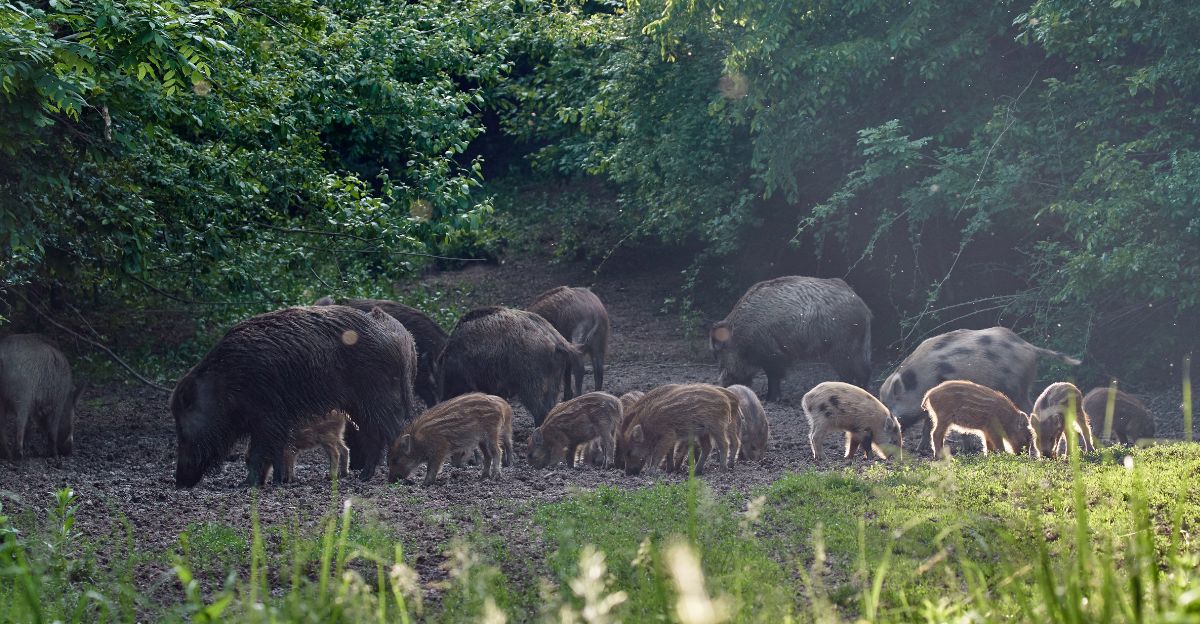
Feral hogs reproduce explosively — sows can birth up to two litters of six each year. Their keen sense of smell and nocturnal habits make them difficult to spot.
Scientists compare their expansion rate to invasive plant species, warning that complete eradication is probably impossible without multi-state coordination.
The Hidden Costs
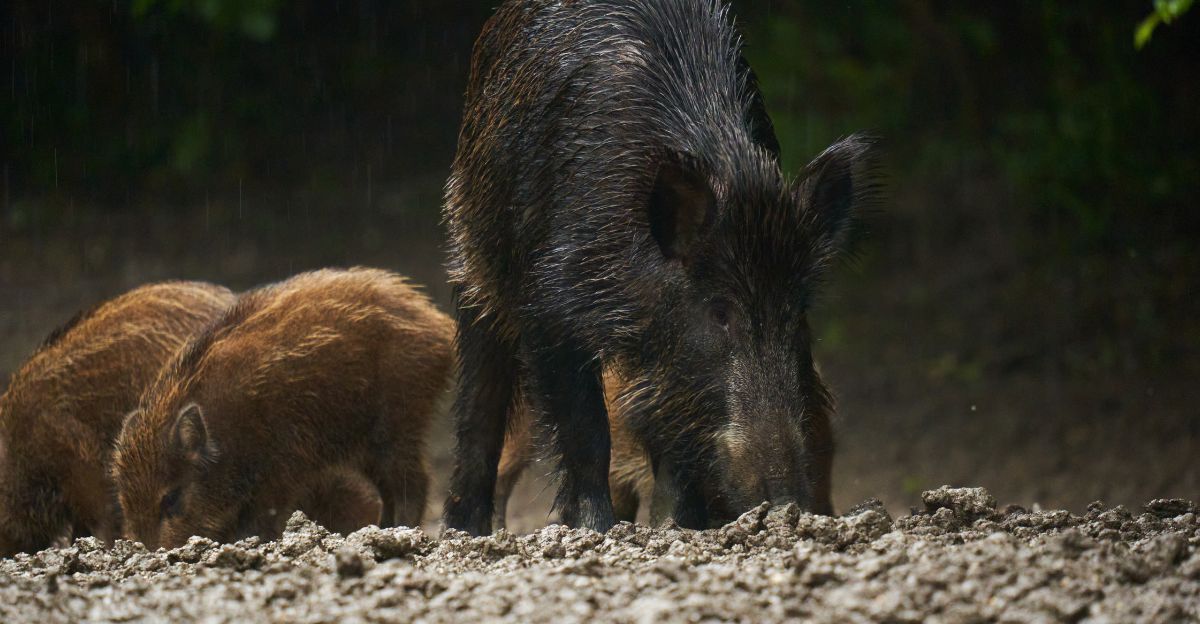
Wild hogs cause U.S. agriculture more than $1.5 billion in damage each year. Beyond crops, they uproot fences, damage machinery, and corrode irrigation systems.
Property owners are spending thousands annually on prevention measures, from fencing to infrared monitoring.
Public Health Concerns
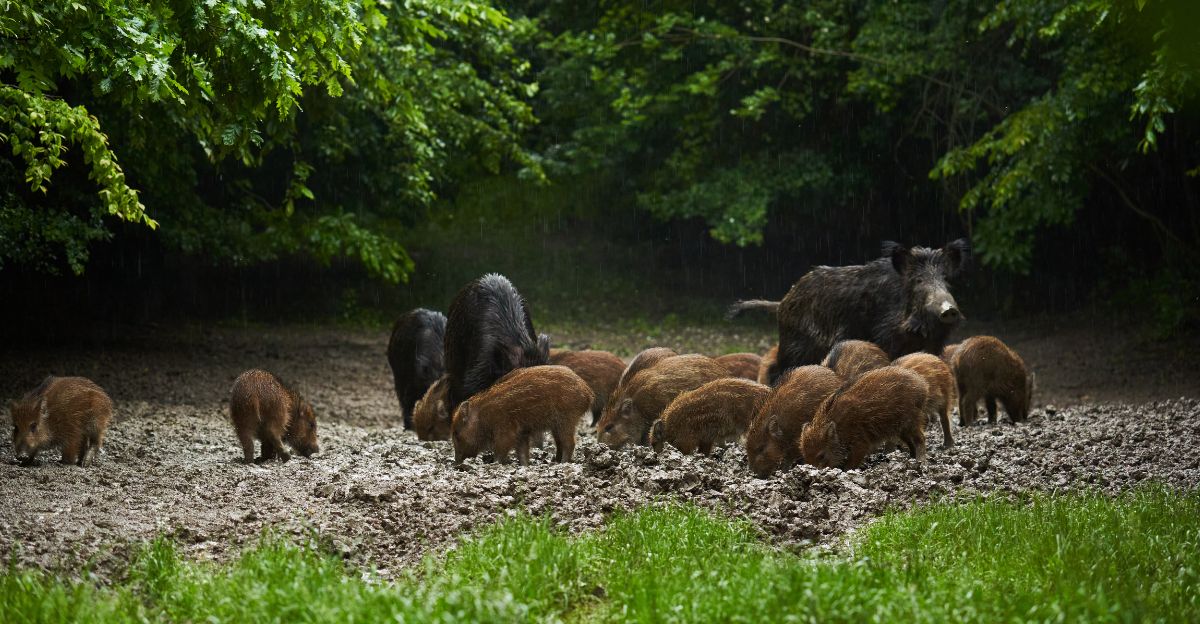
Experts warn that feral hogs can carry at least 30 diseases, some of which are transmissible to humans and pets.
Outbreaks of swine brucellosis have forced temporary farm quarantines in multiple southern states. Public health agencies are increasingly incorporating feral swine monitoring into their surveillance programs.
The Midwest’s Unexpected Battle
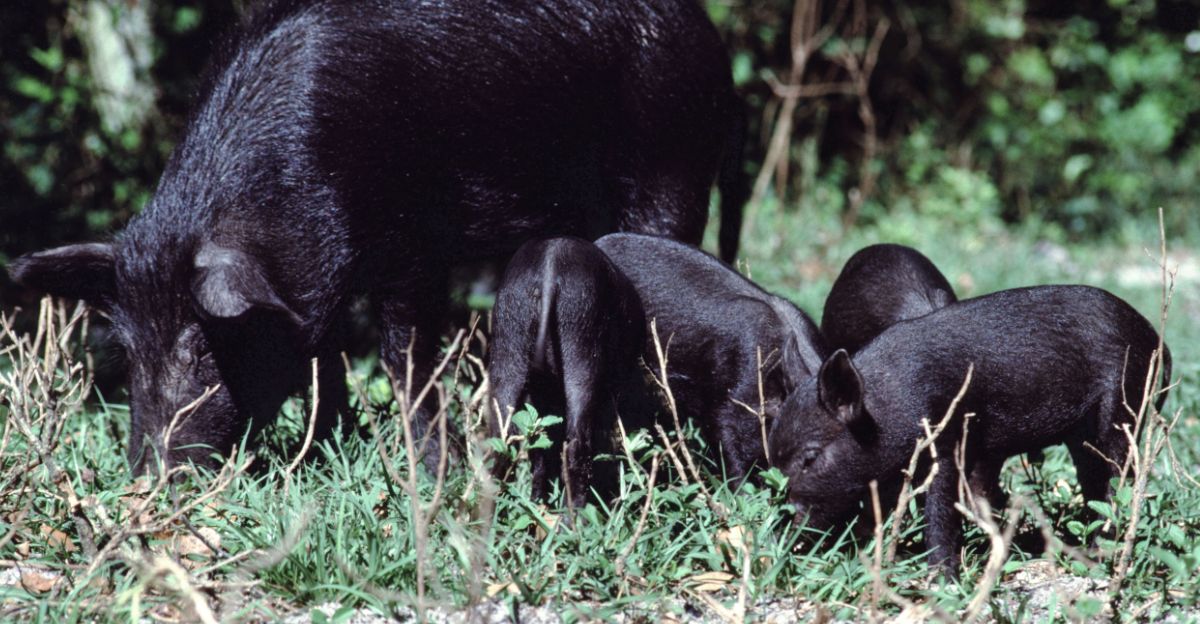
While the South gets attention, states like Kansas and Nebraska are sounding alarms about wild hog sightings.
Cold weather once kept populations in check, but milder winters have allowed them to persist. Wildlife experts say acting now could prevent the crisis seen elsewhere.
History’s Domino Effect
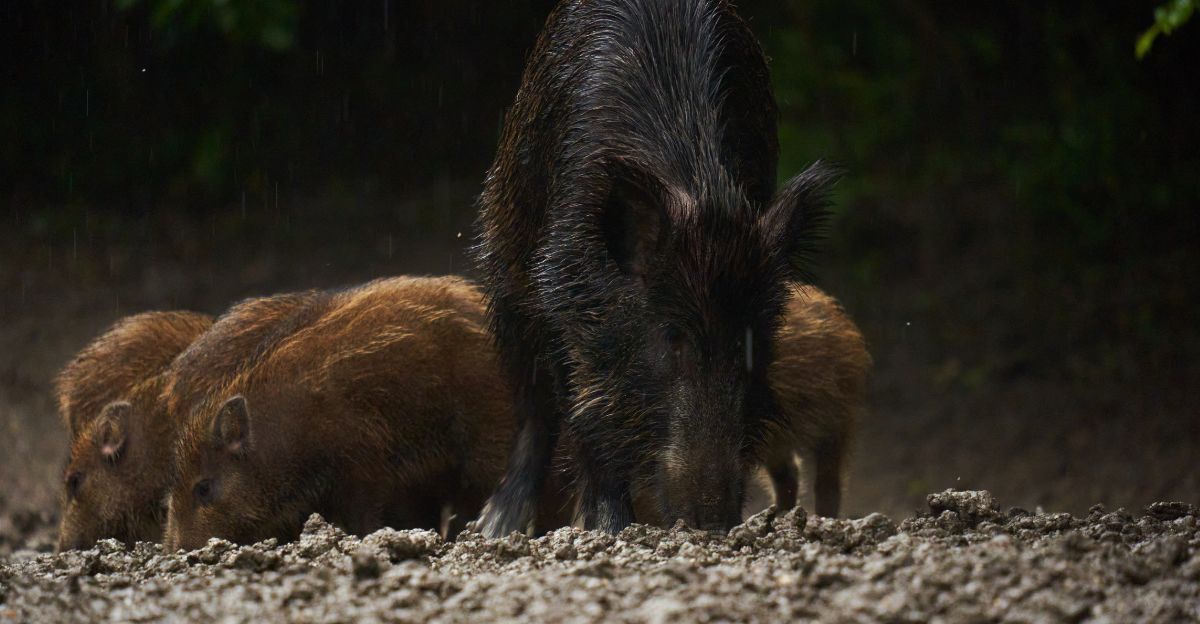
Feral hogs first arrived in the United States with European settlers centuries ago and escaped into the wild. Later, sport hunting boosted populations even more.
Today’s swine crisis stems directly from that history — a reminder that ecological mistakes can take generations to undo.
Climate Change Connection
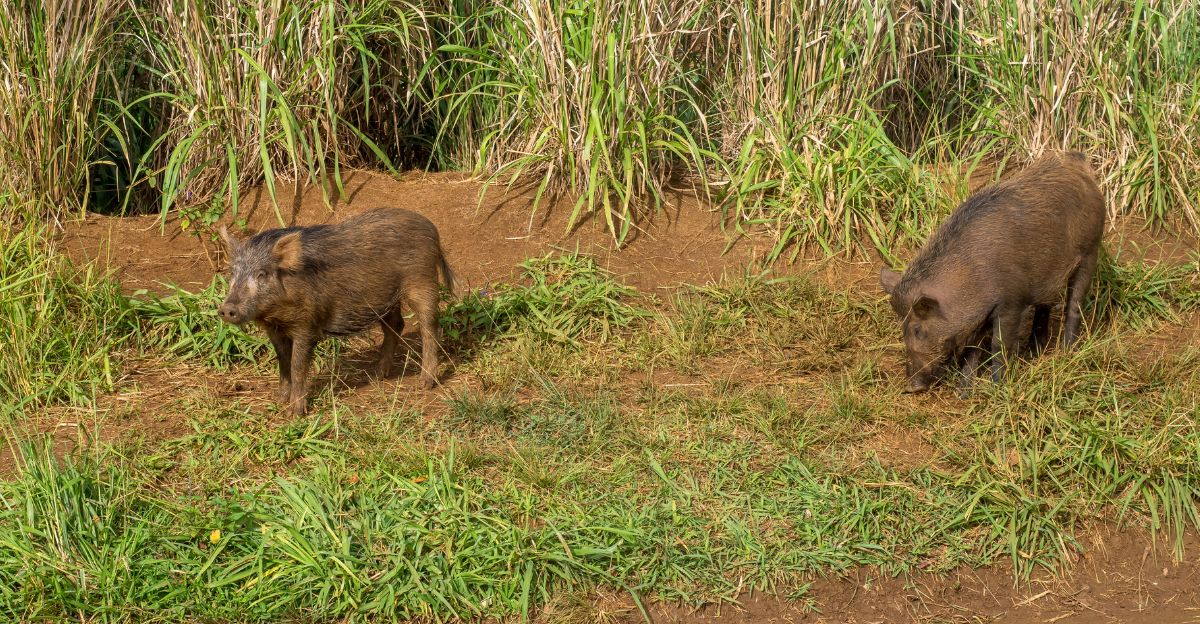
Warming winters are shortening die-off seasons, allowing hogs to expand northward at unprecedented rates. Scientists have mapped a steady march toward the Midwest.
As habitats grow and predators remain scarce, experts predict the possible establishment in northern states within a decade.
Holding the Line
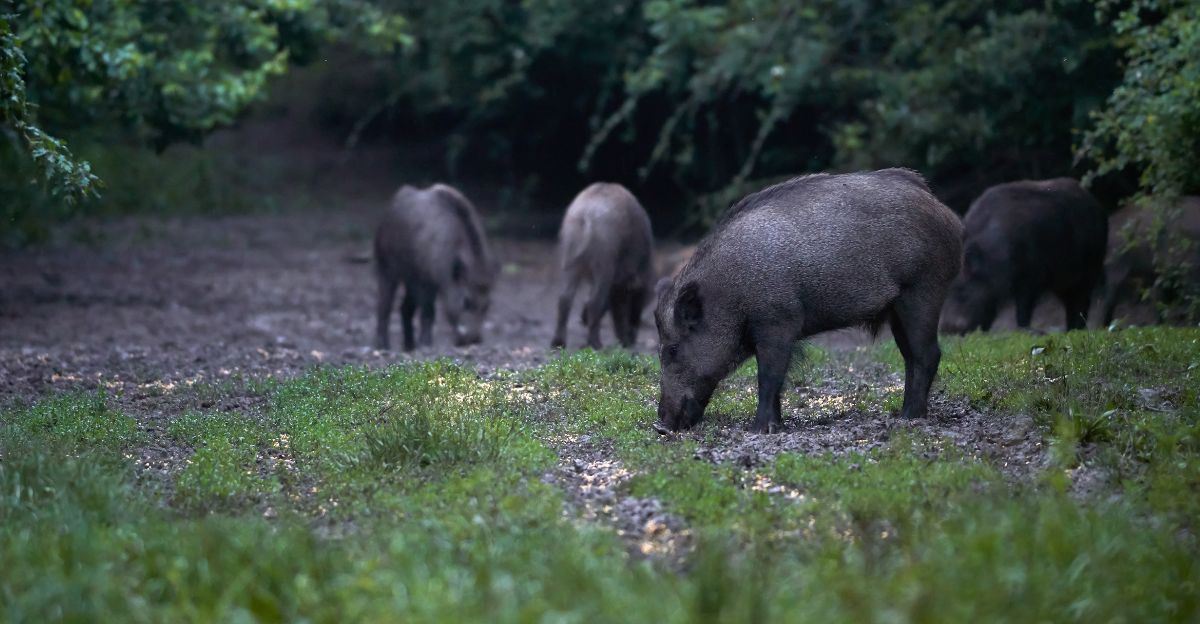
Feral hogs are no longer just a farmer’s problem — they’re moving into America’s backyards. Communities are rallying with night patrols, high-tech traps, and alliances between states.
While total eradication may be a dream, experts stress one hope: containment, before the wild truly takes over.